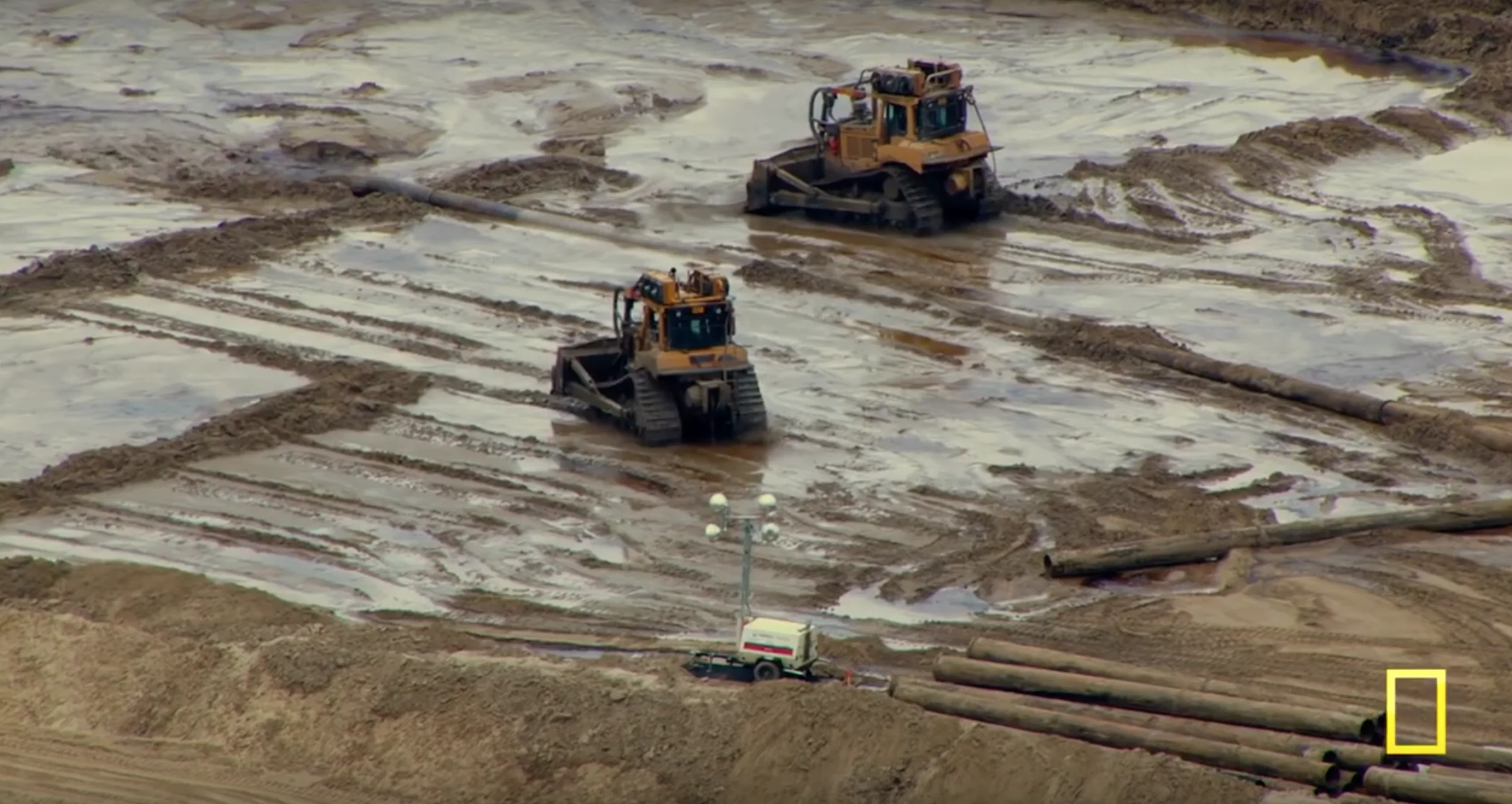**Nov. 11, 2016 Update: "Before the Flood" is no longer available on YouTube for free, but you can see it on the following streaming platforms: Amazon Video, Vudu, YouTube ($2.99), Google Play ($2.99), and Hulu.
Ever since the late ‘90s, Leonardo DiCaprio has been talking about a warming atmosphere, rising sea levels, forest fires, and endangered wildlife. His new, free-to-stream documentary, “Before the Flood,” is in many ways a culmination of his advocacy. It’s an attempt to zoom out of the daily bombardment of news stories to help people appreciate the scale of climate change.
Trying to understand the problem bit by bit is, as the NASA astronaut Piers Seller says in the film, “like being an ant trying to understand how an elephant looks by crawling all over the elephant.”
So DiCaprio darts around the globe to give people as broad a view as possible. He travels to the Sumatran rainforest, at-risk island nations, the Arctic, Greenland, India, China, Miami, and many other places that are being disrupted by climate change right now.
Here are nine takeaways from that journey:
1) Greenland and the Arctic are on track to melt entirely.
Greenland is close to entering an irreversible feedback loop of melting. Ice reflects sunlight; water absorbs sunlight. As more of the country’s ice turns to water, more sunlight is absorbed, causing more heating, causing more melting, and so on. If Greenland were to melt, it alone would raise global sea levels by several feet.
The Arctic “is like the air conditioning for the Northern Hemisphere,” says Dr. Enric Sala in the film. “If it goes away, that’s going to change currents, that’s going to change weather patterns, it’s going to make droughts more catastrophic.”
2) The last time the Earth was four degrees celsius warmer was 4 million years ago.
Current trends suggest that the Earth will warm by more than 4 degrees through man-made climate change. This will lead to catastrophic droughts, the collapse of agricultural belts, the collapse of marine ecosystems, severe storms, and much more.
Read More: 9 Ways the World Might Look Different by 2100

3) 50% of all coral has been lost in the past 30 years.
As oceans absorb CO2, they become warmer and go through a process of acidification. Both events make it harder for coral reefs to form and stay alive. It’s likely that reefs will vanish in the decades ahead, reversing a billion years of evolution.
Coral reefs are incredibly vibrant ecosystems, fostering a vast range of species and providing food for a billion people around the world. If they collapse, that means a billion people will have to find an alternative source of food.
4) 700 million Indians cook with biomass, aka cow dung.
Because electricity and access to sources of heat are unavailable to hundreds of millions of Indians, they cook food with cow dung that generates heat. This means that there are 700 million people not yet relying on electricity for this task. Putting all of these people “on the grid” will dramatically increase its environmental impact — unless the shift is made with sustainable energy.
5) Cows are environmentally hazardous.
Cows both consume a lot of resources, and emit lots of dangerous greenhouse gases. In the US, 47% of land is dedicated to food production. Seventy percent of this land is used to grow feed for cattle. Conversely, 1% of that land is used to grow crops for humans.
Cows continuously emit methane, a greenhouse gas 23 times more potent than carbon, as they go about their days.
Read More: 5 Reasons Cow Farts Matter (and Could Destroy the World)
6) China is the world’s biggest polluter, but it also invests the most in sustainable energy.
Partly because of large-scale social unrest, the Chinese government is rapidly investing in renewable energy. In 2015, China accounted for 36% of the world’s investments in renewables.
7) Elon Musk has a plan.
Elon Musk is building a gigafactory with Tesla that will produce an enormous amount of sustainable energy when completed. One hundred such factories could power the entire world, according to Musk, but Tesla can’t build them all alone.
Read More: Peek Inside Tesla’s New Gigafactory, the Largest Factory in the World
8) Despite scientific evidence, not everyone believes in climate change and that has slowed action.
Here’s a list of all the people in Congress who don't believe in climate change.
9) You can make a difference.
While addressing climate change depends on making deep structural changes to the world’s economies — such as ending fossil fuel extraction — people can accelerate the process in their own lives.
— Eat less red meat
— Don’t buy products with palm oil because palm oil production drives deforestation
— Vote for people who support climate action